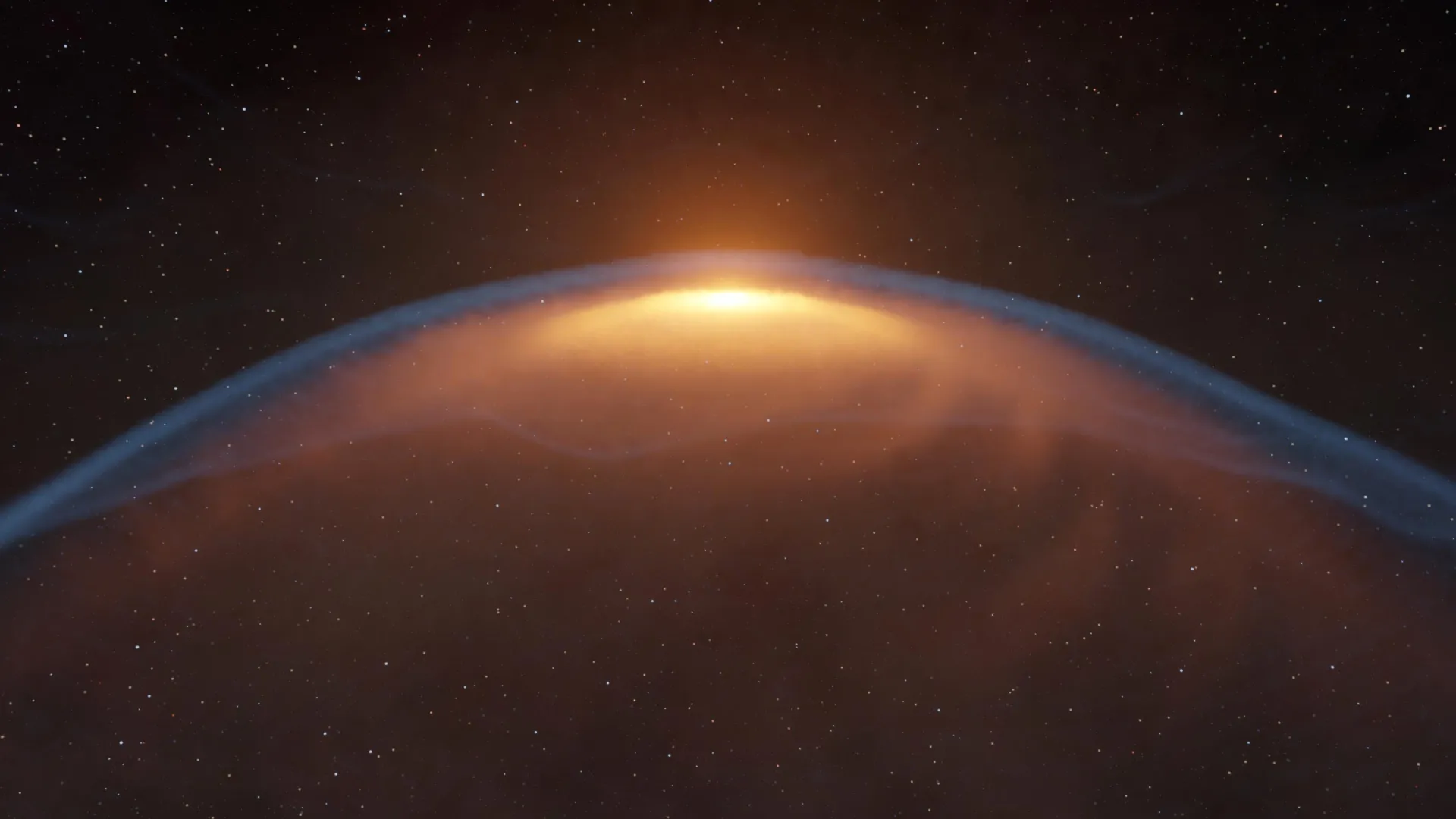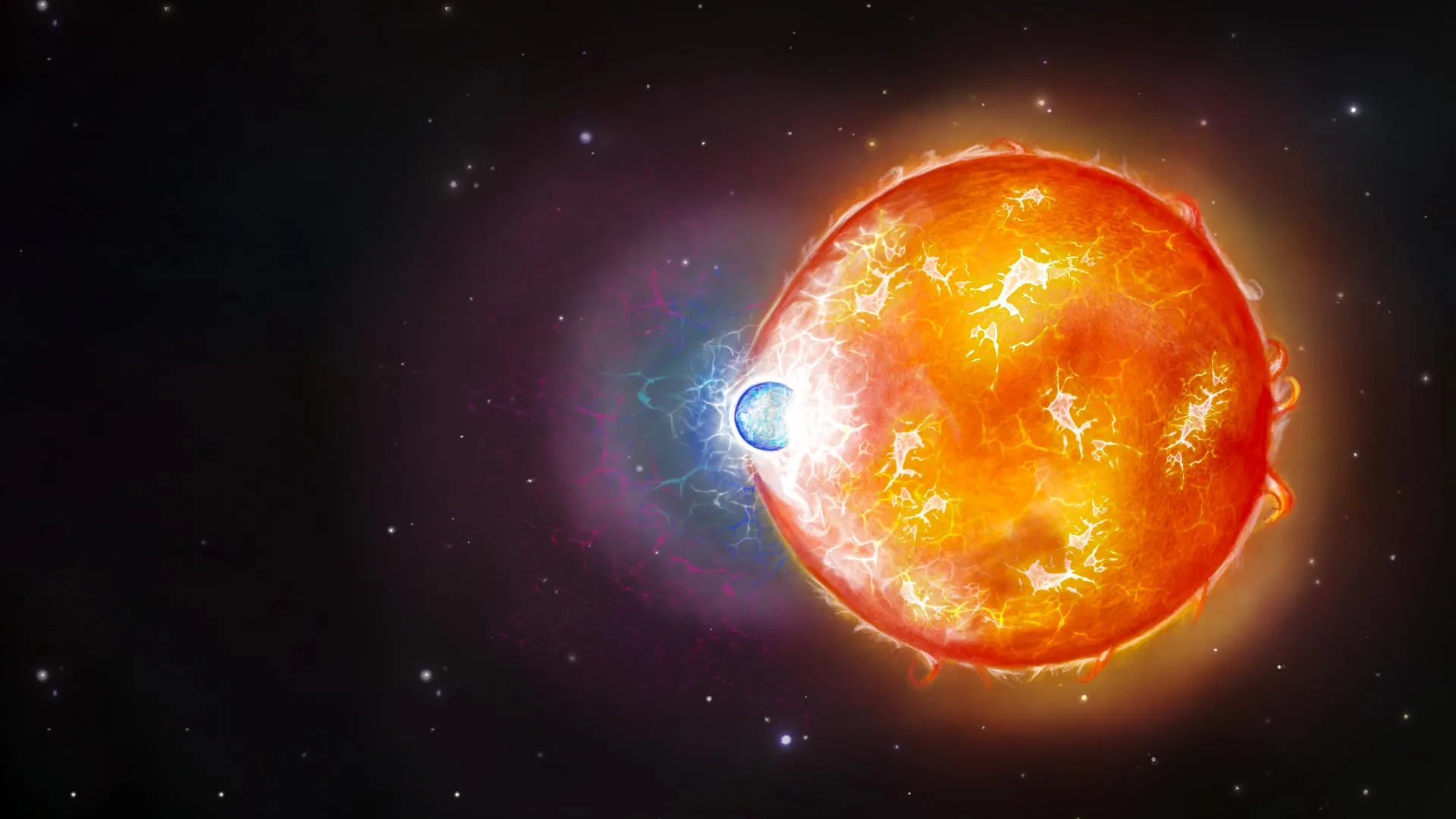Now Reading: Baby Star Emits Jets, Faces Surprising Aftereffects
-
01
Baby Star Emits Jets, Faces Surprising Aftereffects
Baby Star Emits Jets, Faces Surprising Aftereffects

Swift Summary
- Astronomers observed an explosion in space influencing the star that triggered it.
- Young stars and planetary systems might potentially be exposed to harsher environments due to such explosions.
- Stars and their planets form inside protoplanetary disks during molecular cloud collapses, but some material is ejected via jets to remove excess angular momentum.
- Japanese researchers reanalyzing ALMA data found an expanding bubble structure near a disk named WSB 52 (441.3 light-years away in Ophiuchus).
- The shock front from the bubble was colliding with WSB 52’s protoplanetary disk, distorting its shape-a theoretically unexpected phenomenon.
- The bubble centers align precisely with rotation axes of disks, suggesting connections to high-speed jets emitted from these young stars. These jets compress gas, leading to explosive expansions like bubbles.
- Masataka Aizawa remarked on how nature’s complexity surpasses human inventiveness and expressed hope for further research into impacts on star and planetary system formation.
Learn More: Read More
Indian Opinion Analysis
This revelation highlights the dynamic conditions under which stars and planets are formed-shedding light on unpredictable phenomena like explosive interactions altering protoplanetary disks’ structures significantly over time. For India, where advancements in astrophysics remain integral to its growing scientific ambitions (including ISRO’s space research), insights like these foster collaboration opportunities with international observatories such as ALMA while offering pathways for Indian astronomers keen on exploring cosmic mysteries.Understanding fundamental processes behind star formation is also pivotal for deeper educational initiatives in India’s academic institutions focused on science popularization among youth communities nationwide aiding exploration aspirations























